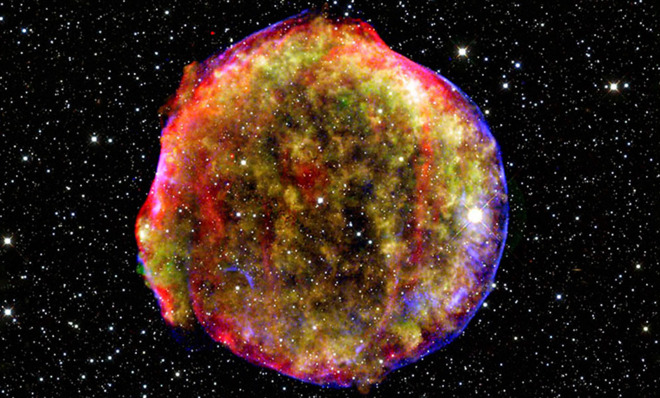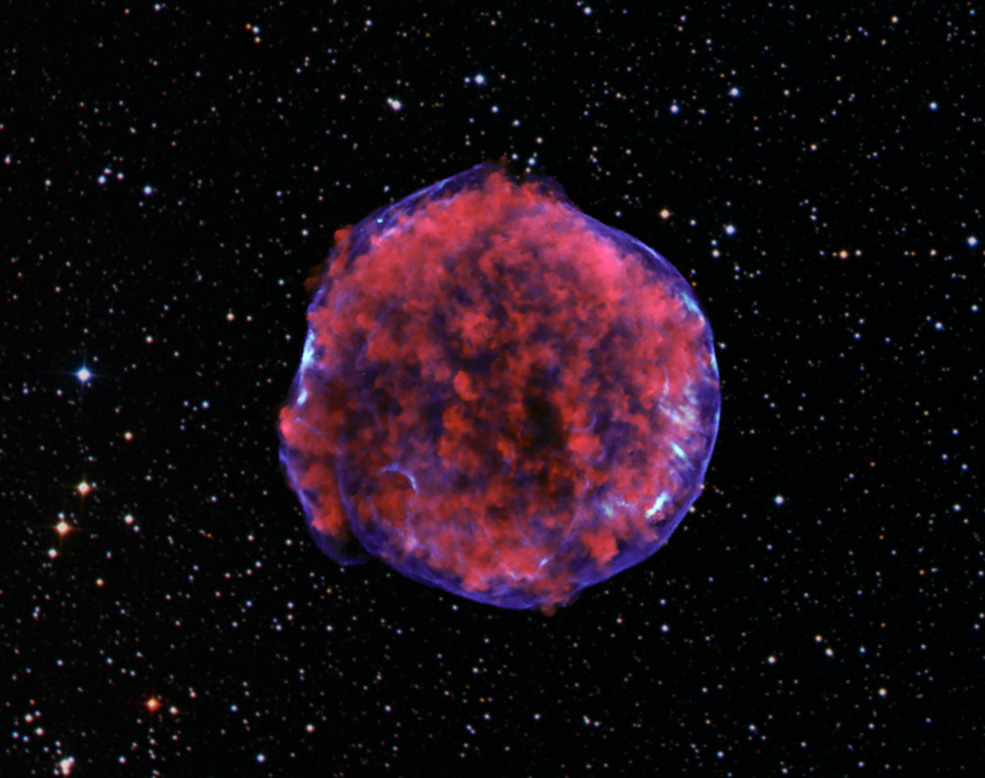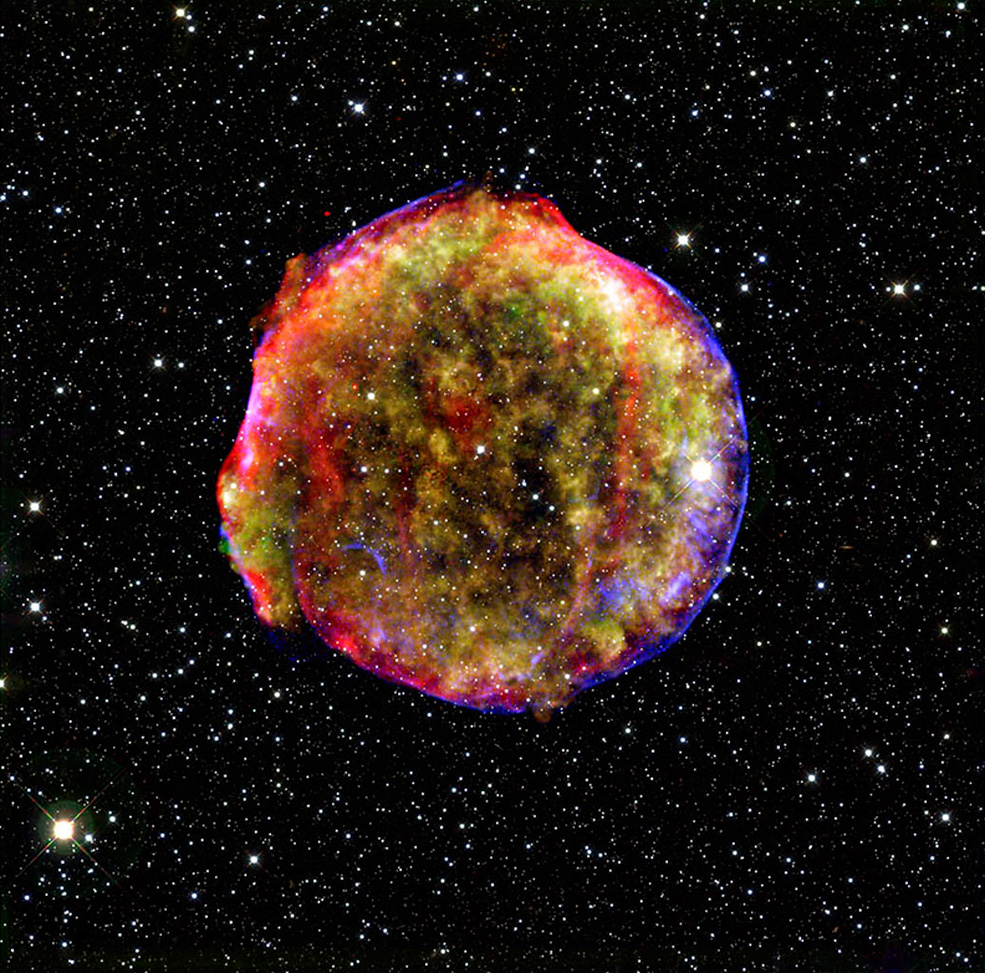Why a dying star winds up looking like a puffball
Blame it on a few hundred years of shock waves


Even in death, stars are stunning.
Instead of just fading into the darkness, a dying star actually explodes in what is called a supernova. But the remains of the supernova do something equally beautiful and impressive: They glow. In fact, they look like this puffy, glowing celestial jellyfish:

That's the remnant of SN 1572, otherwise known as the Tycho Supernova, located some 13,000 light years away from Earth in the Milky Way. Like the luminescence of other remnants, its glow has always baffled scientists... until now.
The Week
Escape your echo chamber. Get the facts behind the news, plus analysis from multiple perspectives.

Sign up for The Week's Free Newsletters
From our morning news briefing to a weekly Good News Newsletter, get the best of The Week delivered directly to your inbox.
From our morning news briefing to a weekly Good News Newsletter, get the best of The Week delivered directly to your inbox.
Using an X-ray satellite, researchers at the Harvard-Smithsonian Center for Astrophysics have been able to identify the first clear example of collisionless electron heating, the cause of the SN 1572's glow.
After a supernova, the dying star's core begins to collapse, sending out an initial shockwave. And, curiously, a reverse shockwave forms alongside. The propelling shockwave travels at Mach 300 and the reverse shockwave, which pulls leftover material back into the center, travels at Mach 1000.
Like a light bulb, those materials heat up and produce X-rays, which the scientists are able to view as stripes. This shockwave pulley system can last a few hundred years.
And just because the remnant of the Tycho Supernova is too pretty to pass up, here's the star seen using a composite X-ray with infrared and optical shots:
A free daily email with the biggest news stories of the day – and the best features from TheWeek.com

Sarah Eberspacher is an associate editor at TheWeek.com. She has previously worked as a sports reporter at The Livingston County Daily Press & Argus and The Arizona Republic. She graduated from Northwestern University's Medill School of Journalism.
-
 Inside a Black community’s fight against Elon Musk’s supercomputer
Inside a Black community’s fight against Elon Musk’s supercomputerUnder the radar Pollution from Colossal looms over a small Southern town, potentially exacerbating health concerns
-
 Codeword: December 4, 2025
Codeword: December 4, 2025The daily codeword puzzle from The Week
-
 Crossword: December 4, 2025
Crossword: December 4, 2025The daily crossword from The Week
